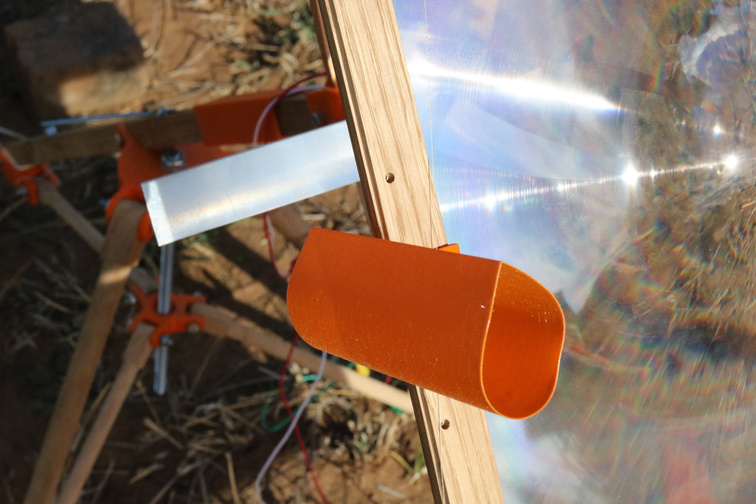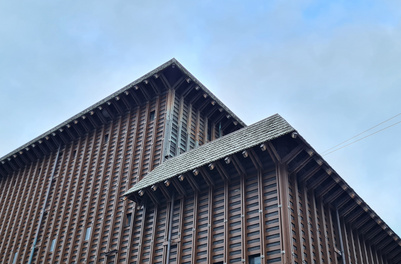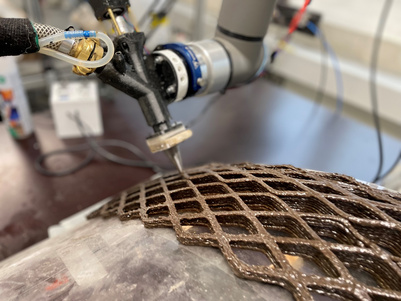Project by Xan Browne, student at programme Architecture and Extreme Environments, Institute of Architecture and Technology.
Tanzania’s population is scattered sparsely across the nation in rural settlements, meaning that an extensive, reliable power grid has yet to be established.
This presents problems of safety and productivity, which slow economic and technological development. The lack of proper lighting impedes several aspects of peoples’ life – from personal safety, to productivity and education.
This project investigates the possibilities of a localised infrastructure in the form of photovoltaics. The intention was to capture energy from the sun and store it in a salt battery to be released as light at night.

The investigation makes use of an ‘architectural prototype’ throughout as a testing platform for all aspects. Essentially, it was an arrangement of components that made a series of energy transformations from solar radiation to electricity and from electricity to light.







